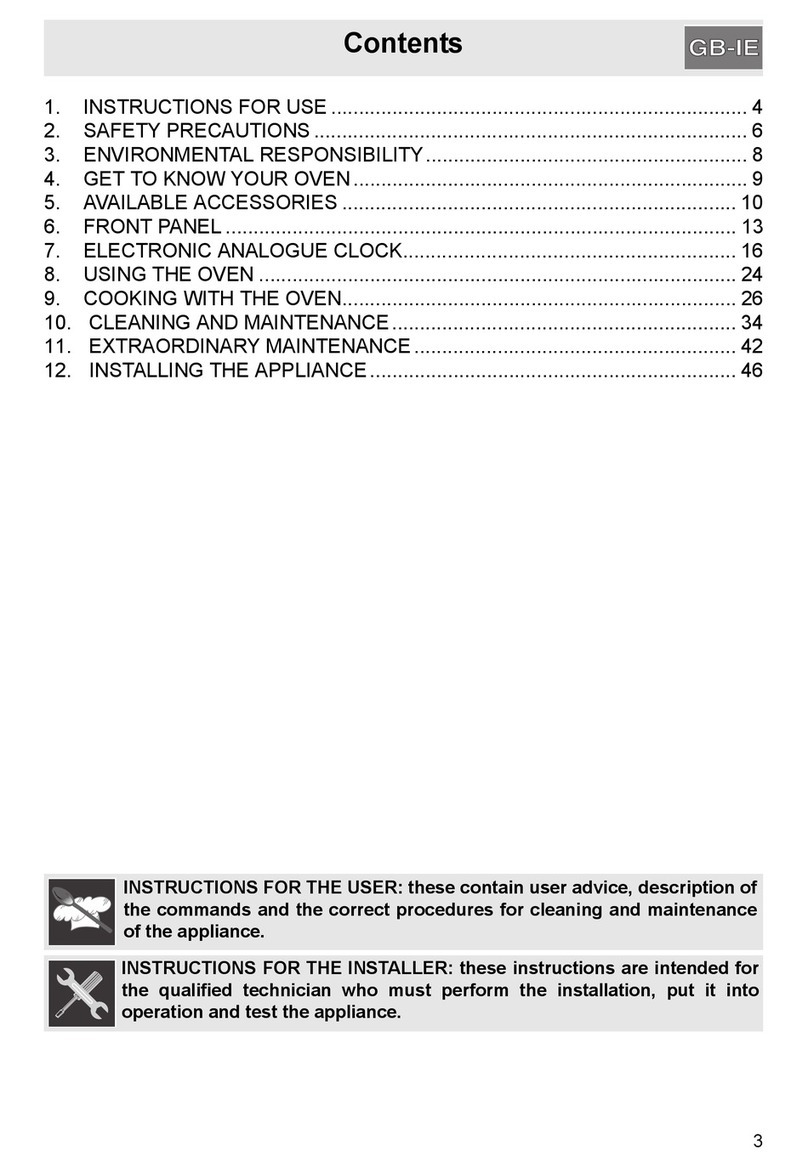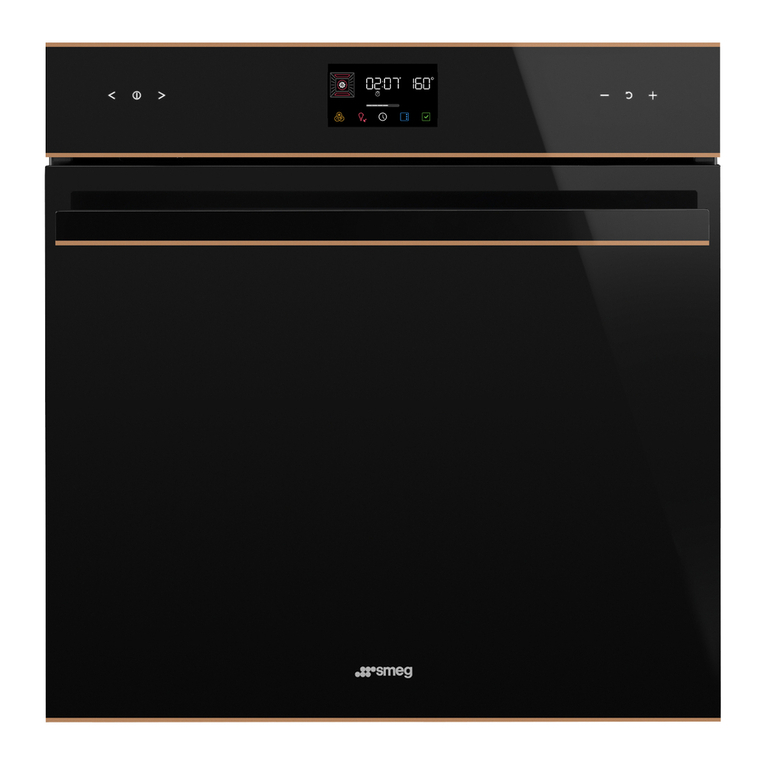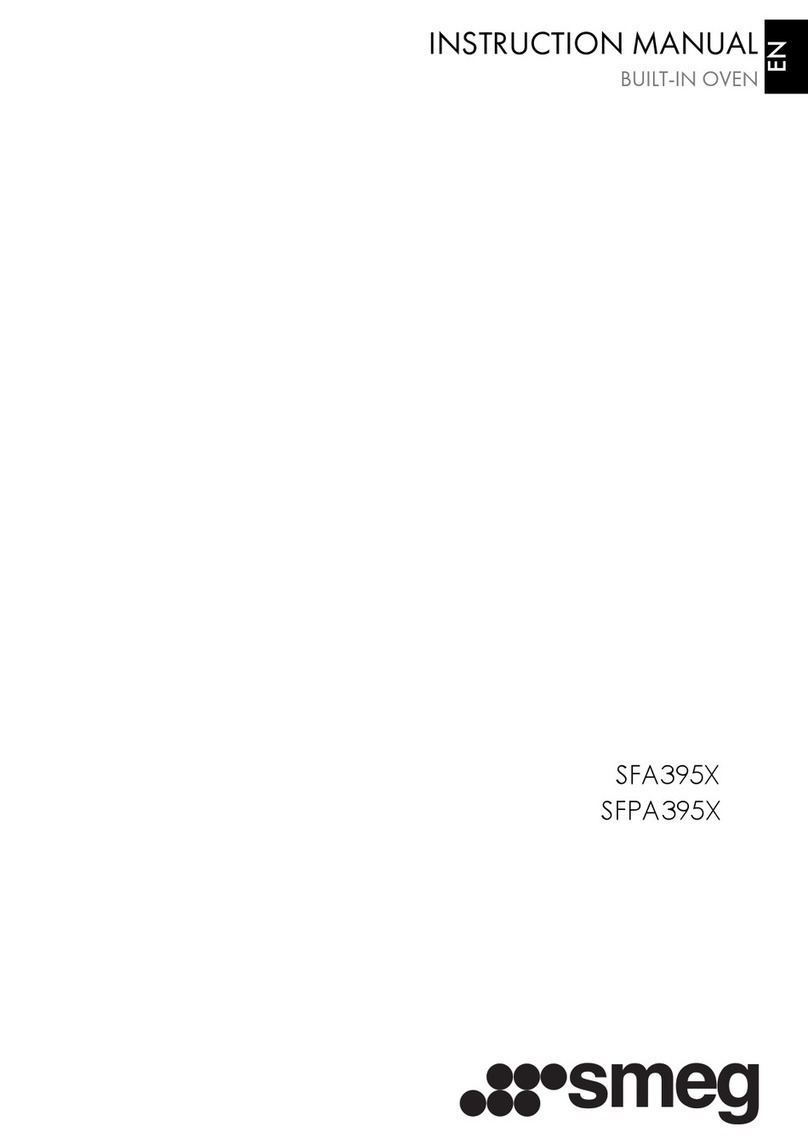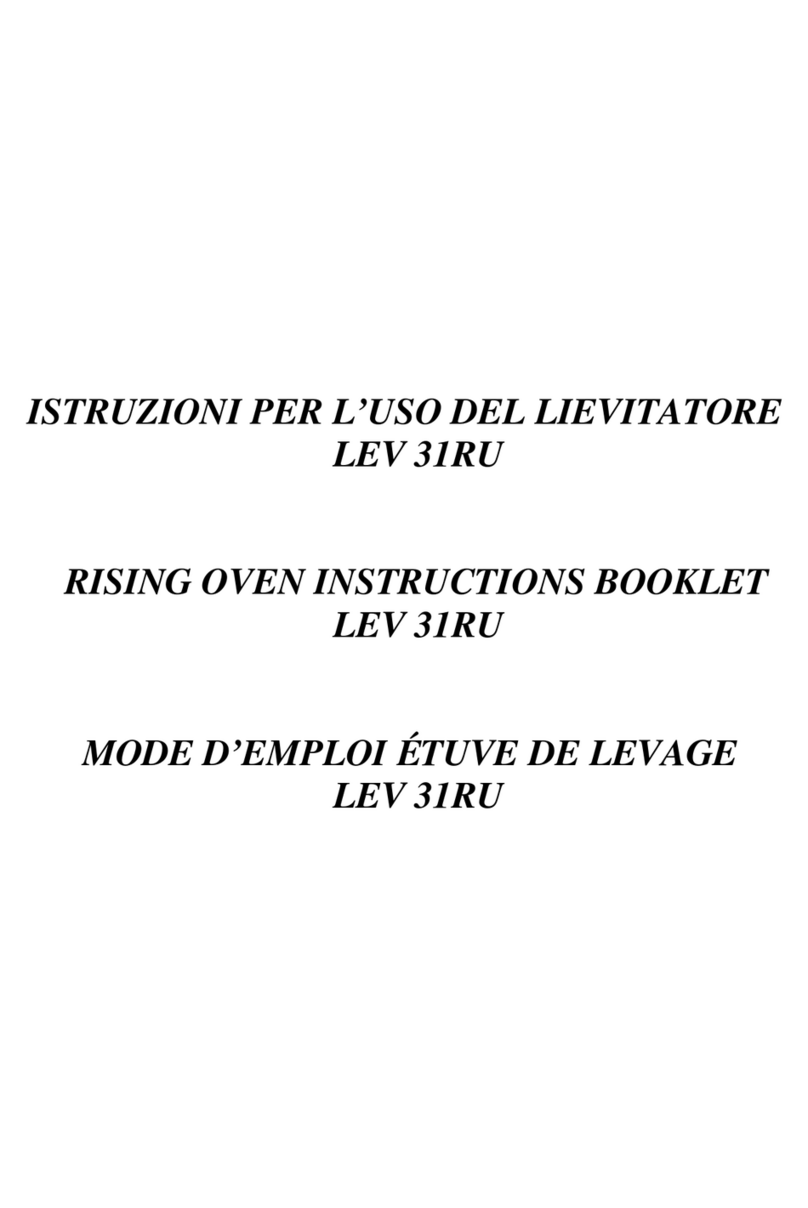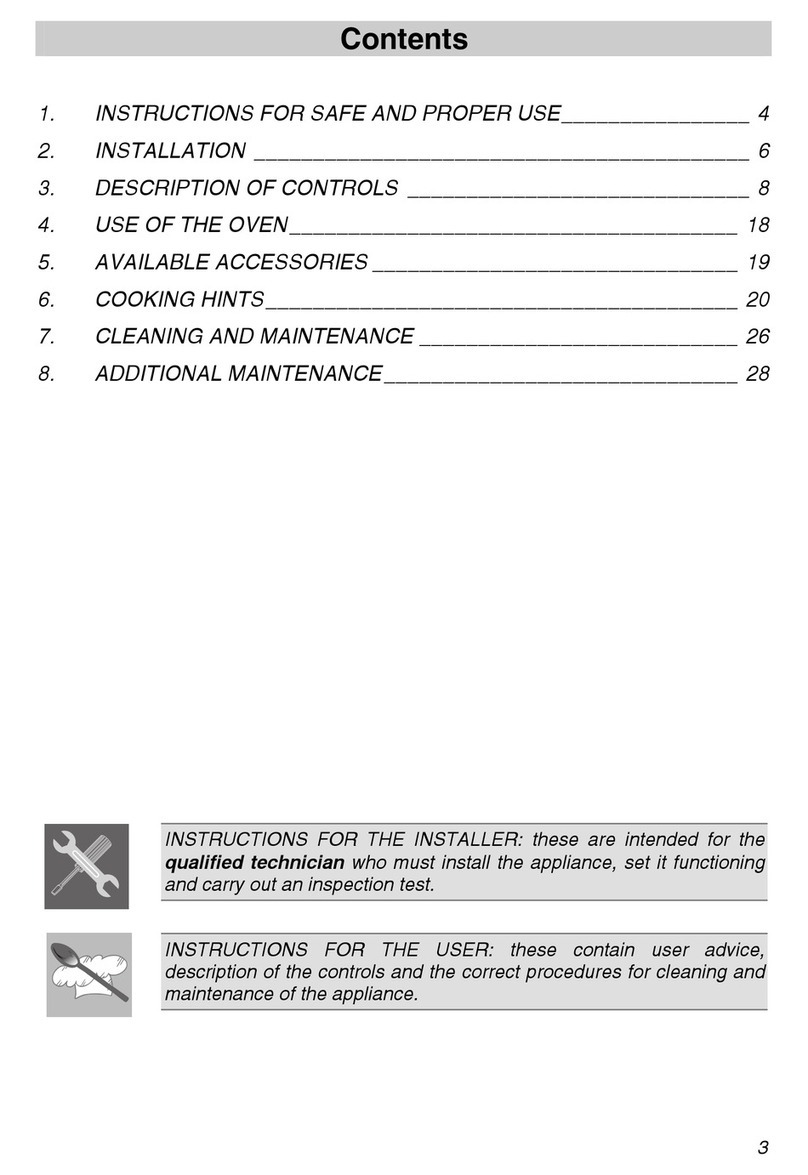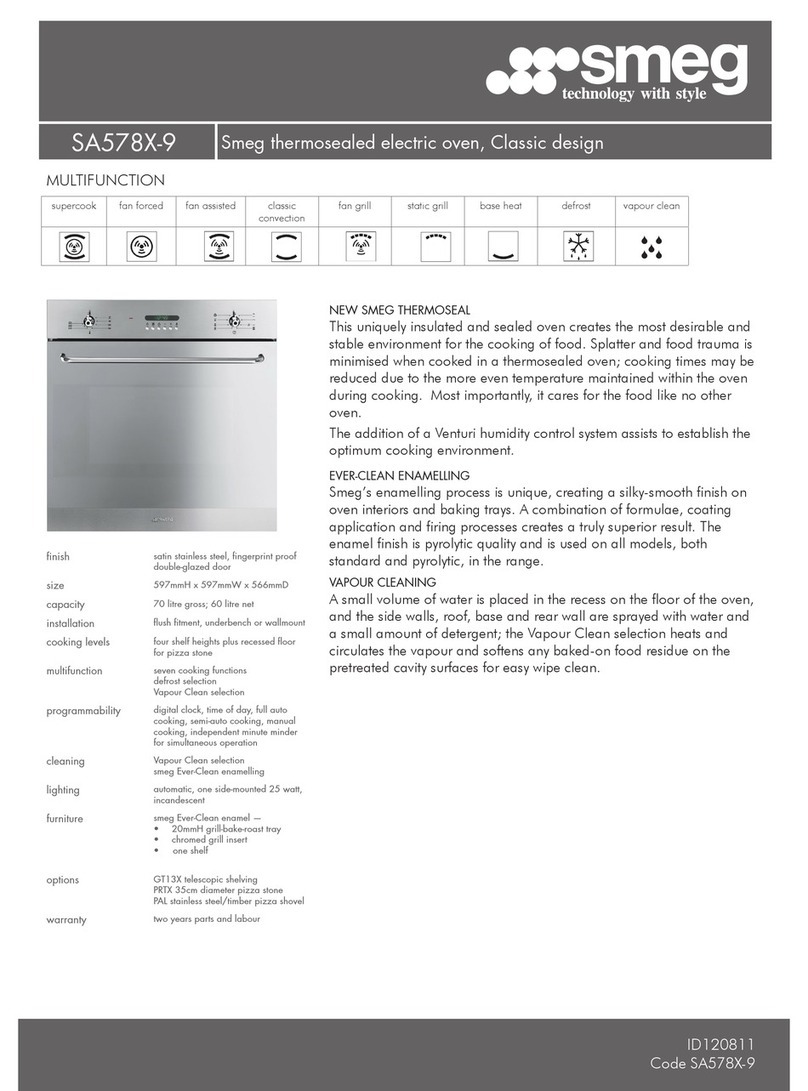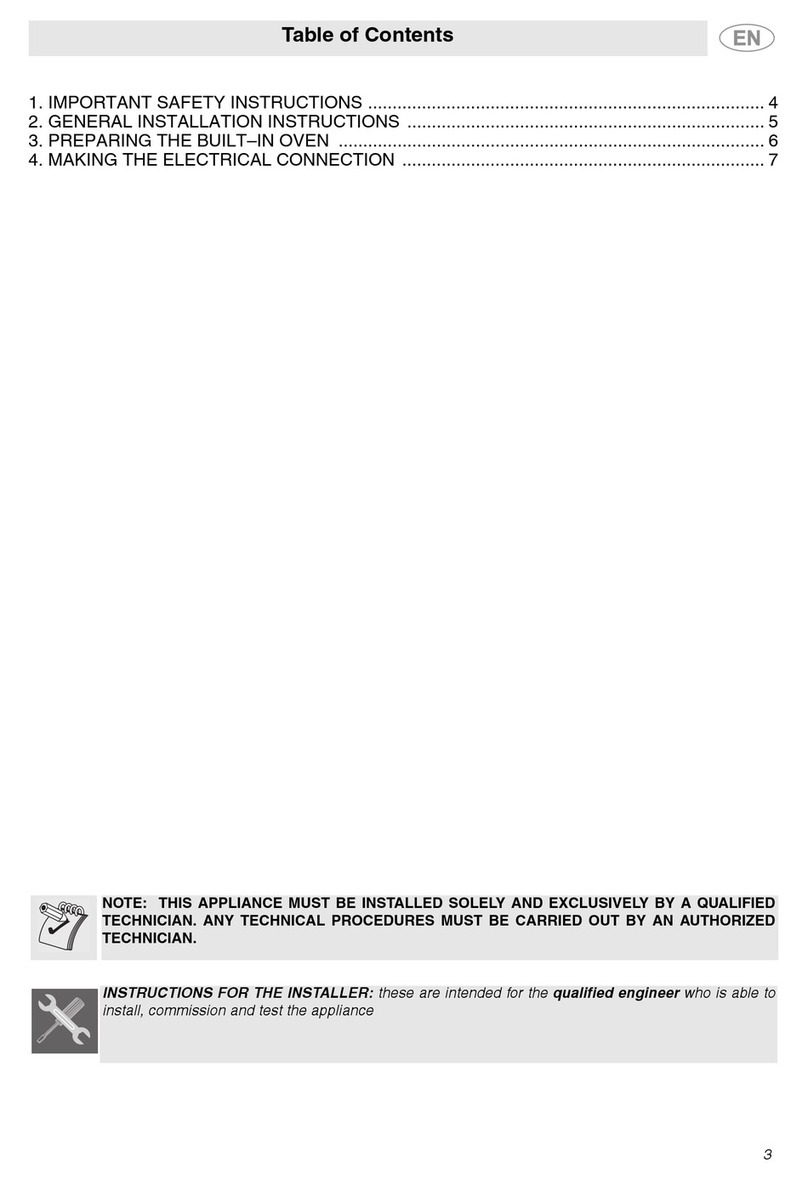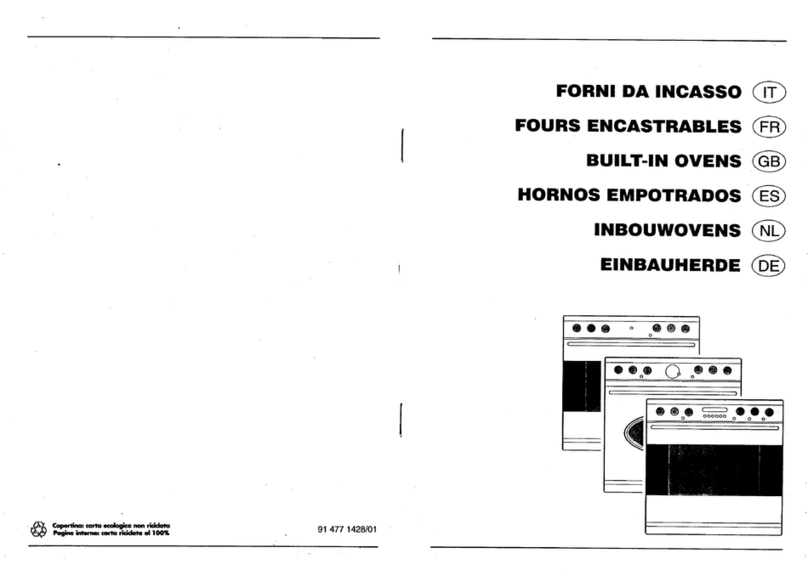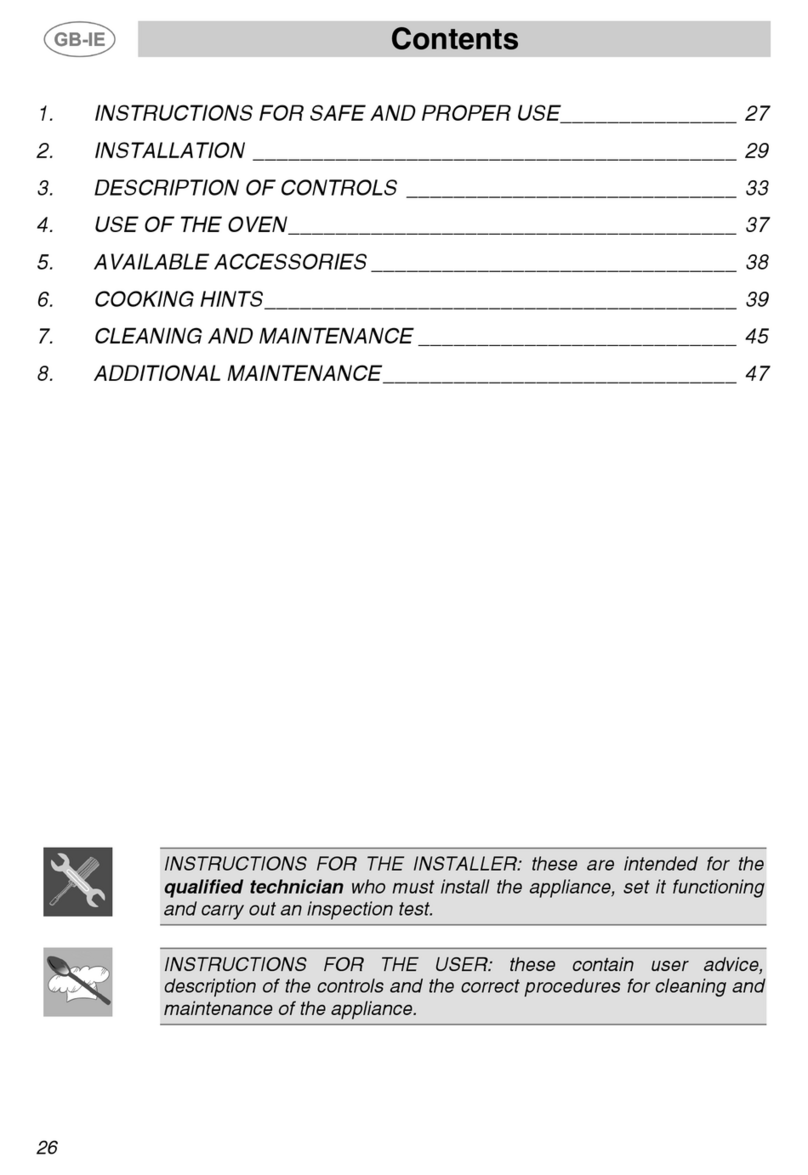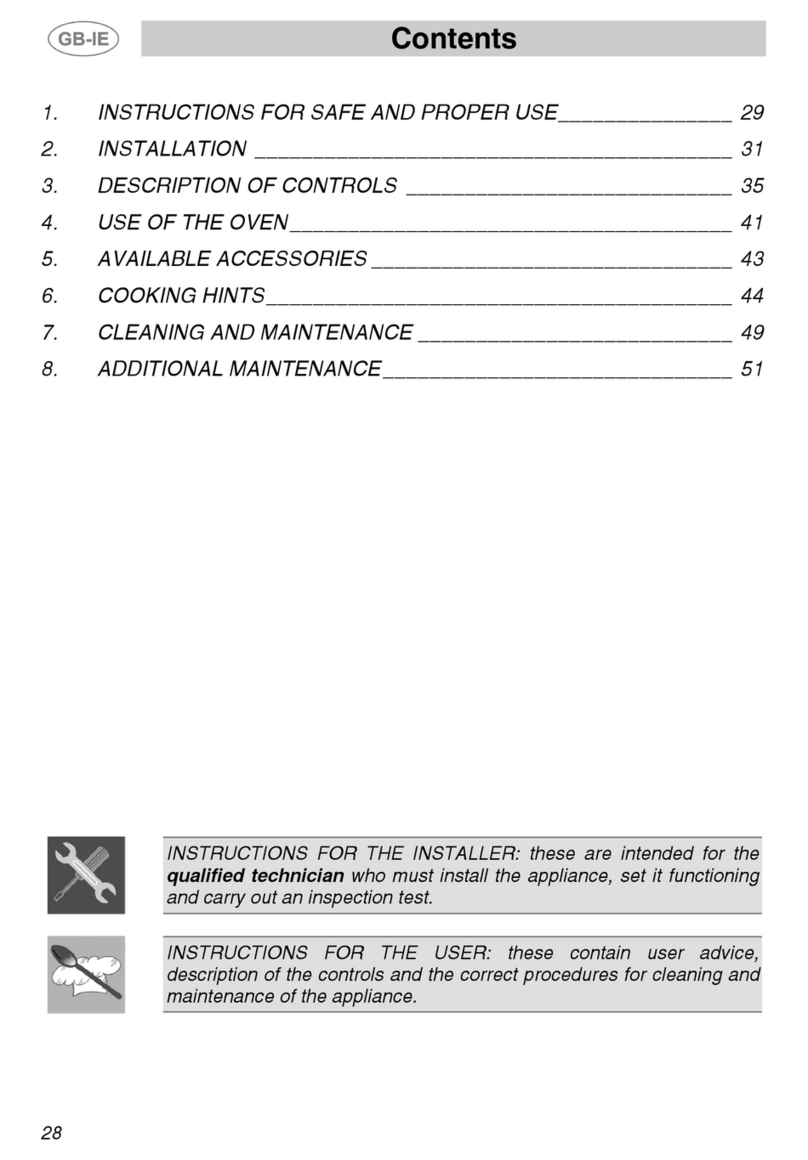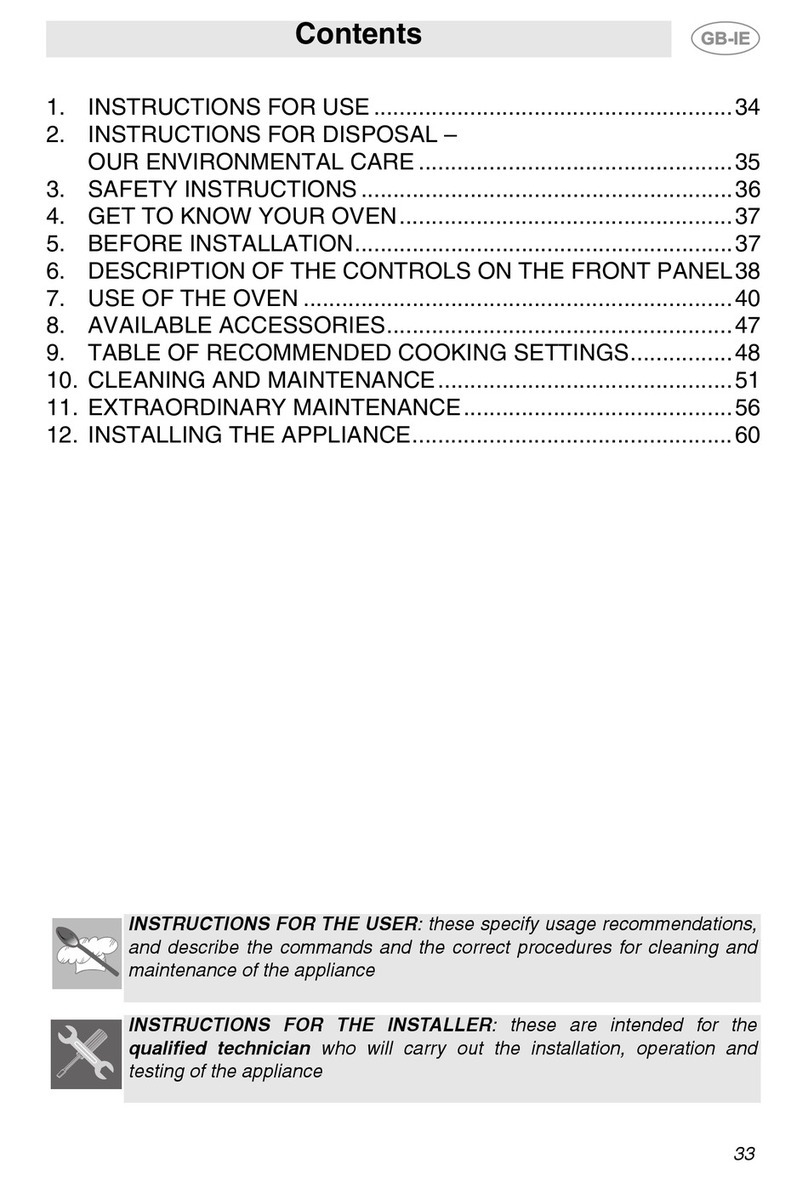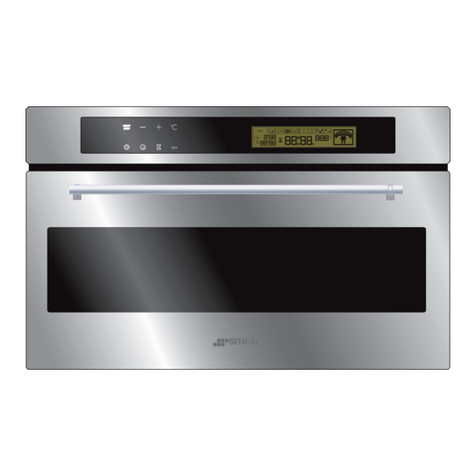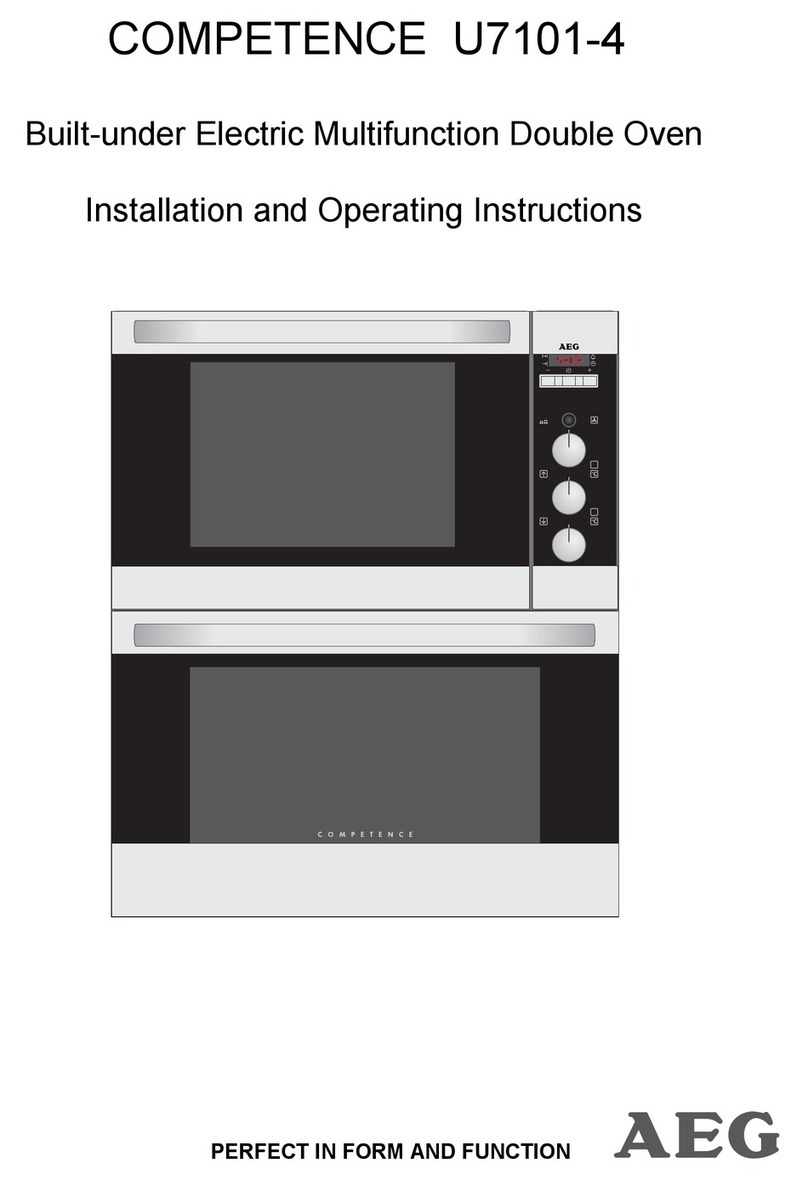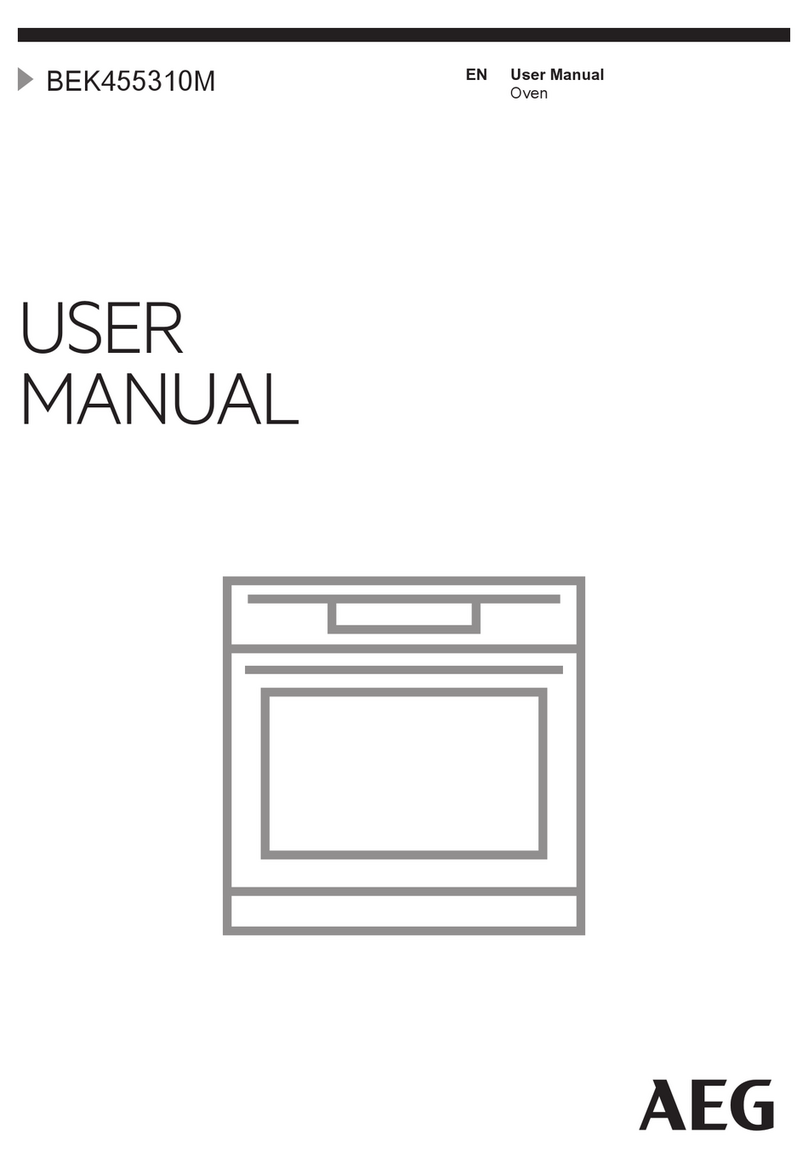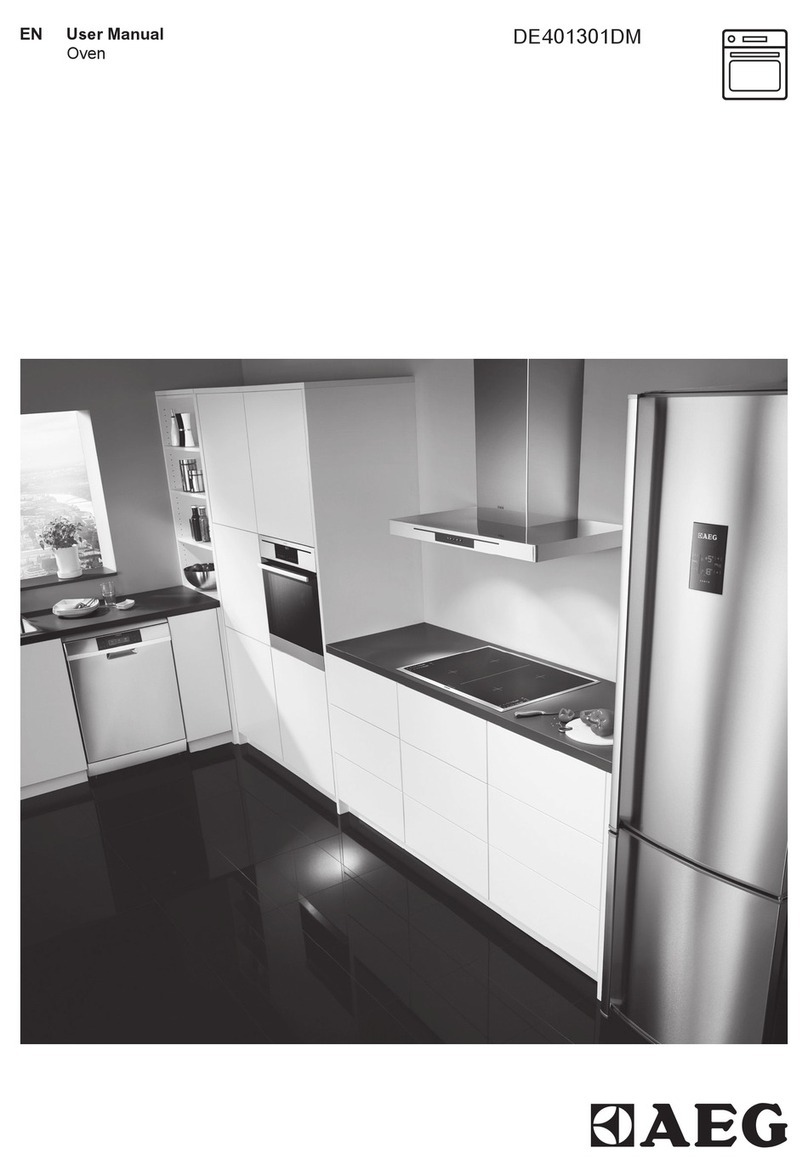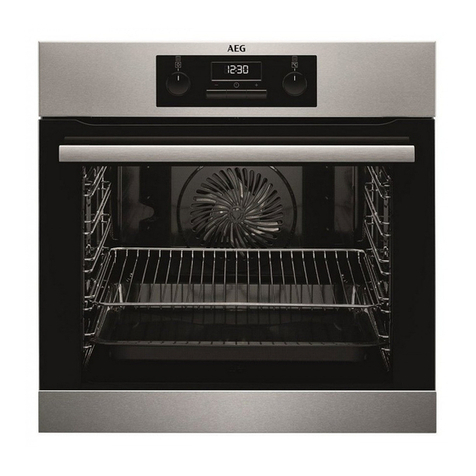
Instructions
4
1 Instructions
1.1 General safety instructions
• During use the appliance and its
accessible parts become very
hot. Keep children at a safe
distance.
• Never touch the heating
elements during use.
• Protect your hands by wearing
oven gloves when moving food
inside the oven.
• Never try to put out a fire or
flames with water: Turn off the
appliance and smother the
flames with a fire blanket or
other appropriate cover.
• The appliance is not intended
for use by persons (including
children) with reduced physical,
sensory or mental capabilities,
or lack of experience and
knowledge, unless they have
been given supervised or
instructions concerning use of
the appliance by a responsible
person for their safety.
• During use the appliance
becomes hot. Care should be
taken to avoid touching heating
elements inside the oven.
• Young children should be
supervised to ensure that they
do not play with the appliance.
• Keep children under the age of
eight at a safe distance unless
they are constantly supervised.
•Keep children under the age
of 8 away from the appliance
when it is in use.
• Cleaning and maintenance
must not be carried out by
unsupervised children.
• The cooking process must
always be monitored. A short
cooking process must be
continuously monitored.
• Never leave the appliance
unattended during cooking
operations where fats or oils
could be released, as these
could then heat up and catch
fire. Be very careful.
• Do not pour water directly onto
very hot trays.
• Keep the oven door closed
during cooking.
• WARNING: Ensure the
appliance is switched off before
replacing the lamp to avoid the
possibility of electric shock.
RISK OF INJURY
